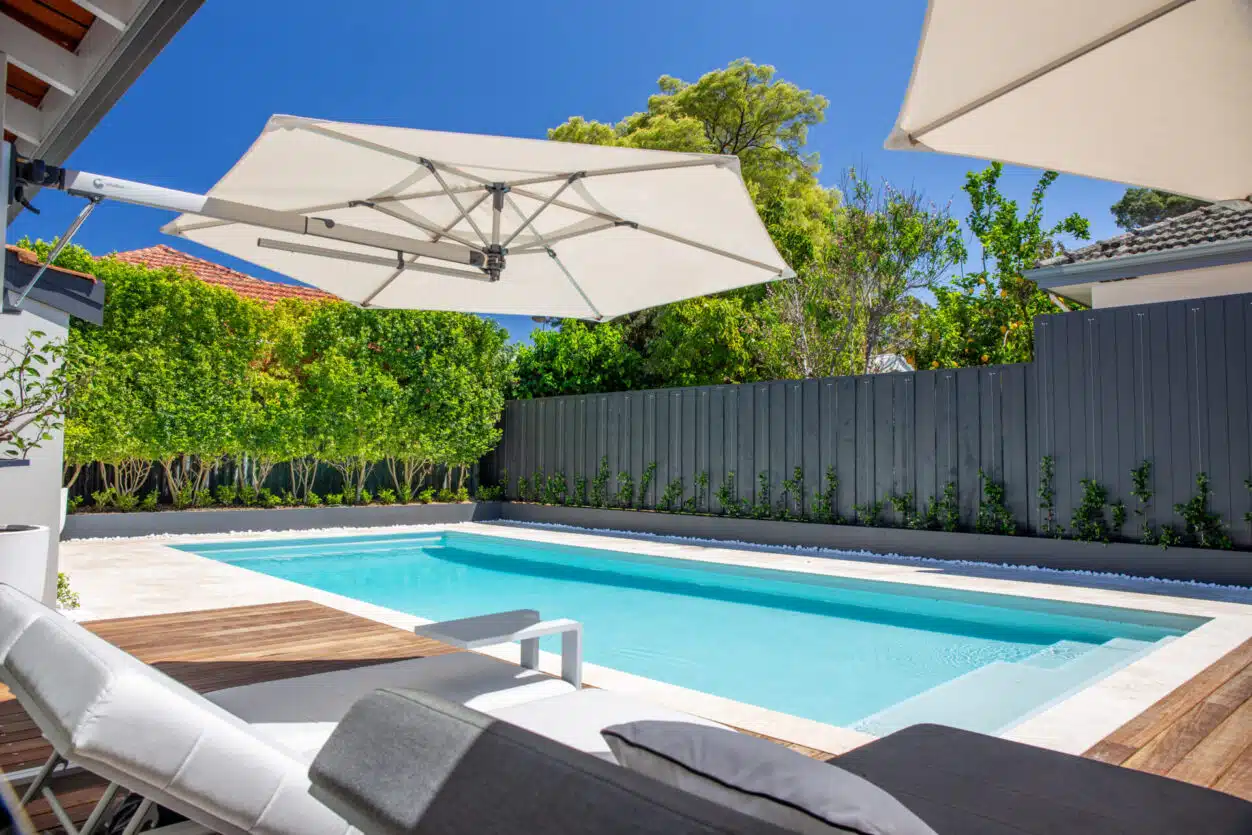Beginning a new home project can feel overwhelming, especially if you’re a beginner. Fortunately, when it comes to landscapes, our Residential team has seen every pitfall and collected a great big bag of tricks for resolving common problems and squeezing the best out of every outdoor space. This week, we asked them each for a nugget of wisdom.
In major renovations and new builds, the smallest decision can have a big impact. Here are the team’s favourite words to the wise.
Martine Holland – Senior Landscape Architect
“If you’ve got a new build, don’t forget to factor in your boundary wall footings. If you want to establish planting to soften boundary walls and get a green backdrop to your outdoor spaces, ensure that the footings are dropped at least 4 courses to allow for planting. Frequently on new builds we are engaged too late to prevent this problem from occurring, and the landscape vision is significantly impacted. It also adds further cost to provide alternate solutions to getting greenery into these areas – such as utilising containers or custom-built planters as well as having to address drainage issues.”
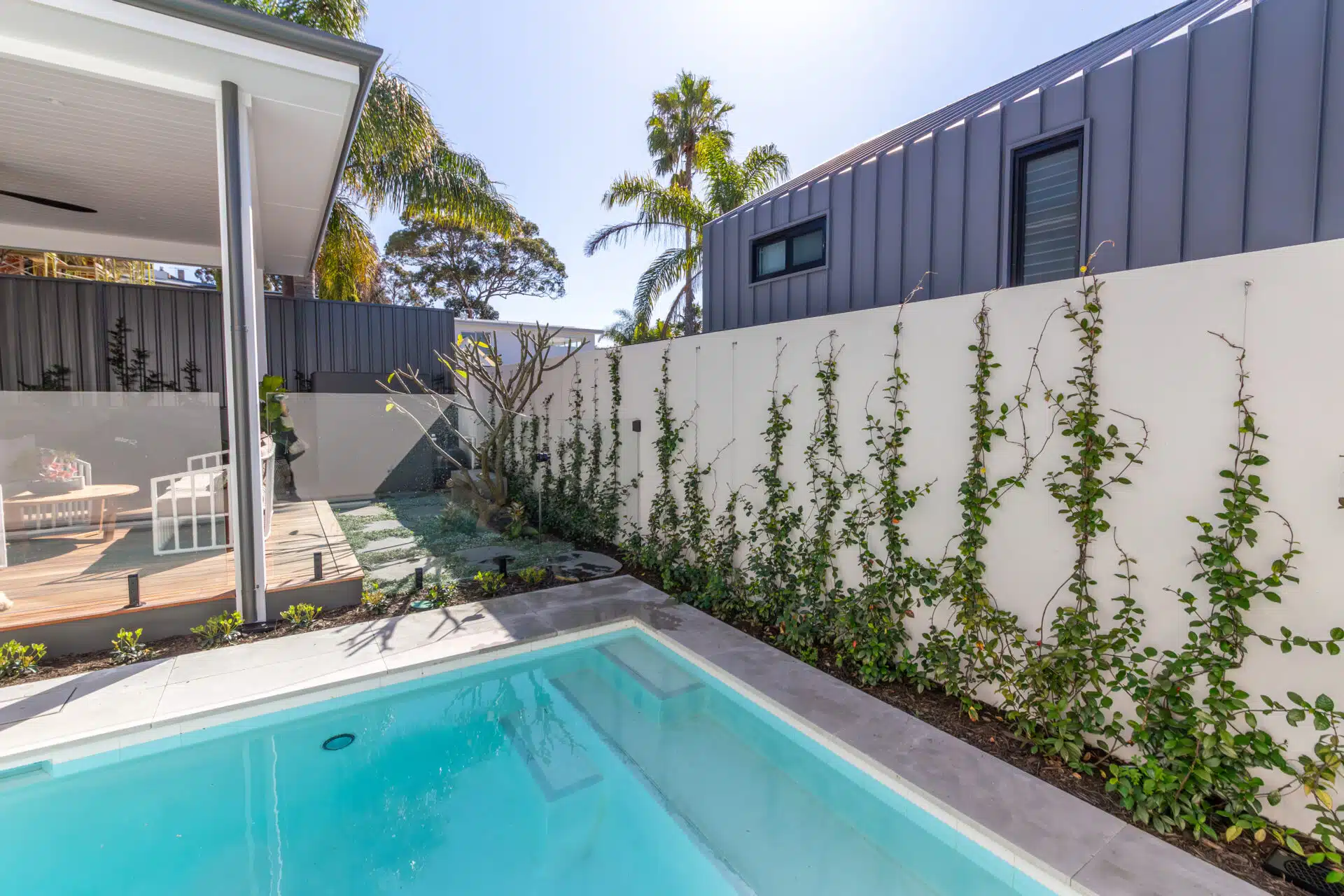
Gavin Baxter – Design Manager
“Boundary fences can often be a mismatch of materials and finishes. My top tip for boundary fencing is to paint them all the same colour. We suggest dark colours such as Colorbond colours, Woodland Grey or Monument. These colours trick the eye that the fence is a shadow, the plants then pop out visually and the boundary line falls away into the background, resulting in a better depth of space even in the smallest of gardens. Avoid light colours on boundaries outside, as these foreshorten sight lines and make spaces feel smaller.”
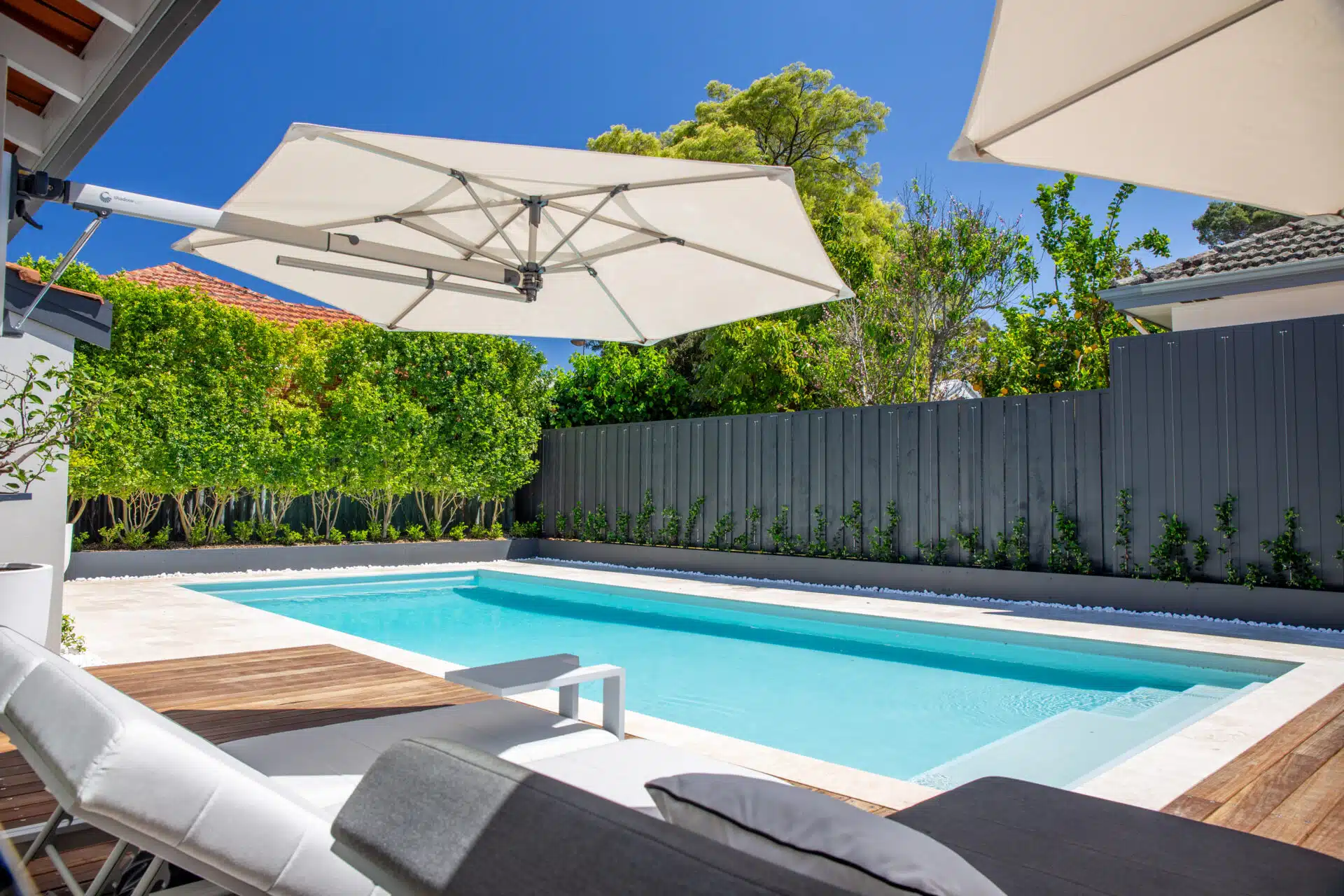
Bradley Elgood – Construction Supervisor
“Most home gardens in the metropolitan area of Perth are located on deep, sandy soils. These sands have low fertility, and poor moisture and nutrient retention. Soil improvement is essential to provide the ability to hold more water, nutrients and have a PH suitable for plant growth – especially exotics. Key materials to consider adding to your soil are soil conditioners and finer mineral particles such as clay which can help with both water holding and nutrient holding characteristics of the soil. To ensure the long term success of our landscapes, we introduce a significant amount of soil improvers to our projects.”

Luke Fragomeni – Construction Supervisor
“To avoid unsightly bore or water stains on your glass pool fencing… use a combination of custom black aluminium and glass fencing, strategically placed to avoid over spray from your irrigation onto your glass panels. Not only is this a slick, modern look, it also allows you to grow a creeper up the vertical slats such as TDL favourite- Trachelospermum Jasminoides aka Star Jasmine.”

Ruby Johnson – Landscape Designer
“Avoid unnecessary and bulky raised garden beds. Raised beds are great in some circumstances, where they are addressing level differences on the site, where planting in the ground isn’t an option, or where additional height is needed to achieve the required height of screening from the planting – where not required, they can introduce a lot of unnecessary cost, make spaces feel cramped and dated, create unnecessary ongoing maintenance challenges, and sometimes introduce unforeseen problems. A somewhat common issue we see is where people have placed raised beds alongside the boundaries within their pool zone – compromising the 1.8m drop into the area, which is required for pool isolation. The knock-on is that they either have to raise their walls/fence heights further, or remove the raised beds. If your goal is simply to create interest and variety the garden, go for layers of planting at various heights.”
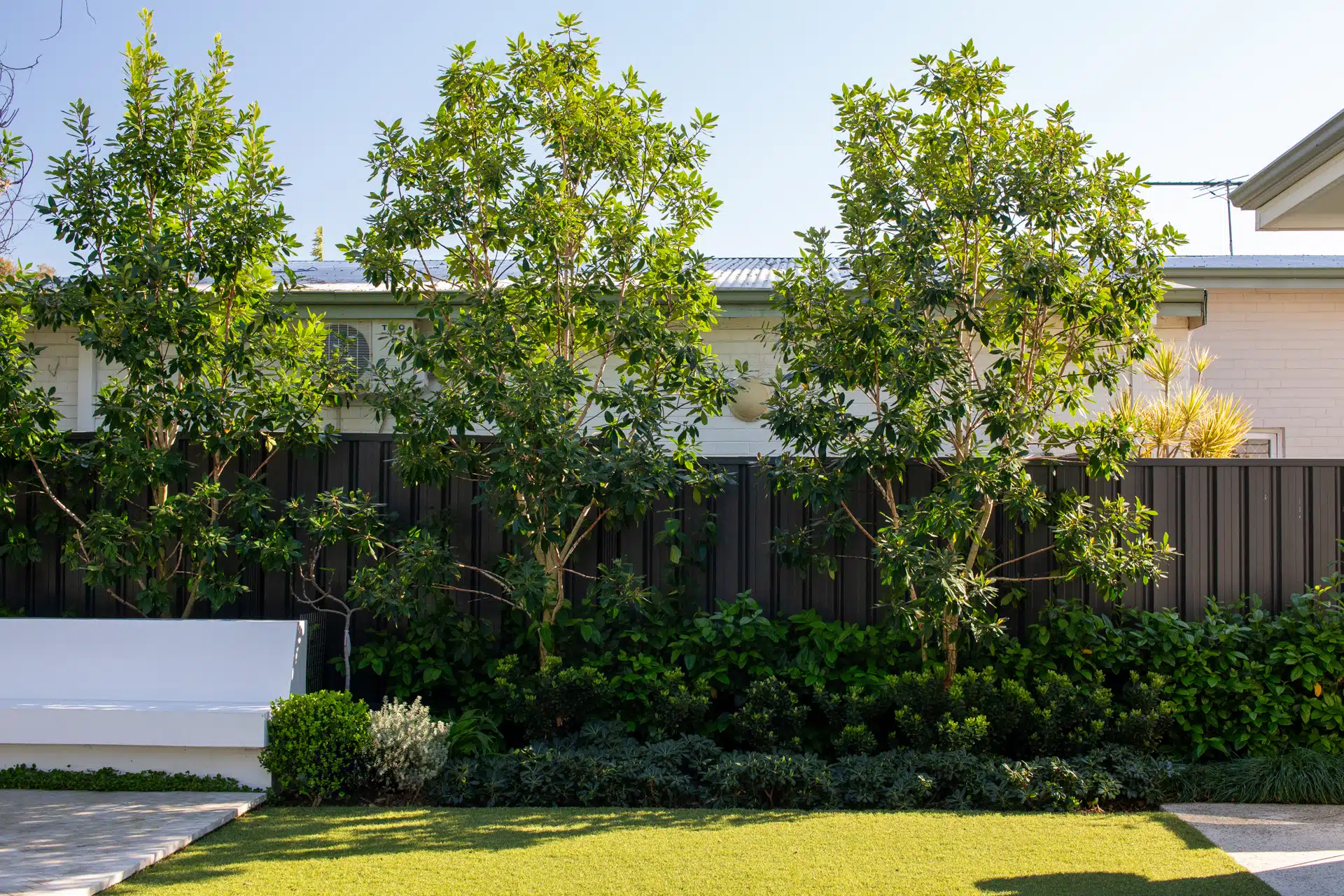
Matt Cunningham – Graduate Landscape Architect
Have a master plan before you start building: It’s common for people to undertake landscape projects in a staged approach when reconfiguring large external areas of their home. Preparing a well thought out plan of what you’d ultimately like to achieve will reduce oversight and can potentially highlight creative opportunities to value manage a project.
When staging a landscape project it’s important to consider factors such as:
- Seasonality: Take advantage of seasonal factors when planning major construction works. For instance, if you’re renovating or installing a pool, plan these activities during colder months to ensure completion by summer when you’ll want to enjoy it. This approach minimises disruption to your outdoor activities during peak seasons.
- Priority Areas: Determine which areas of your landscape are most important to you and your family’s enjoyment. Focus on completing these priority areas first to maximise the immediate benefits of your project.
- Site Access: Begin work from the furthest point and move towards the main access points to minimise damage to newly completed surfaces. This approach reduces the risk of having to repair or redo areas that have already been finished due to heavy traffic from equipment and workers.
- Overall budget: decide what you’re prepared to spend over the course of the build, and get a realistic sense of what each component is likely to cost. This will factor into not only the overall plan but the stages in which elements are completed.
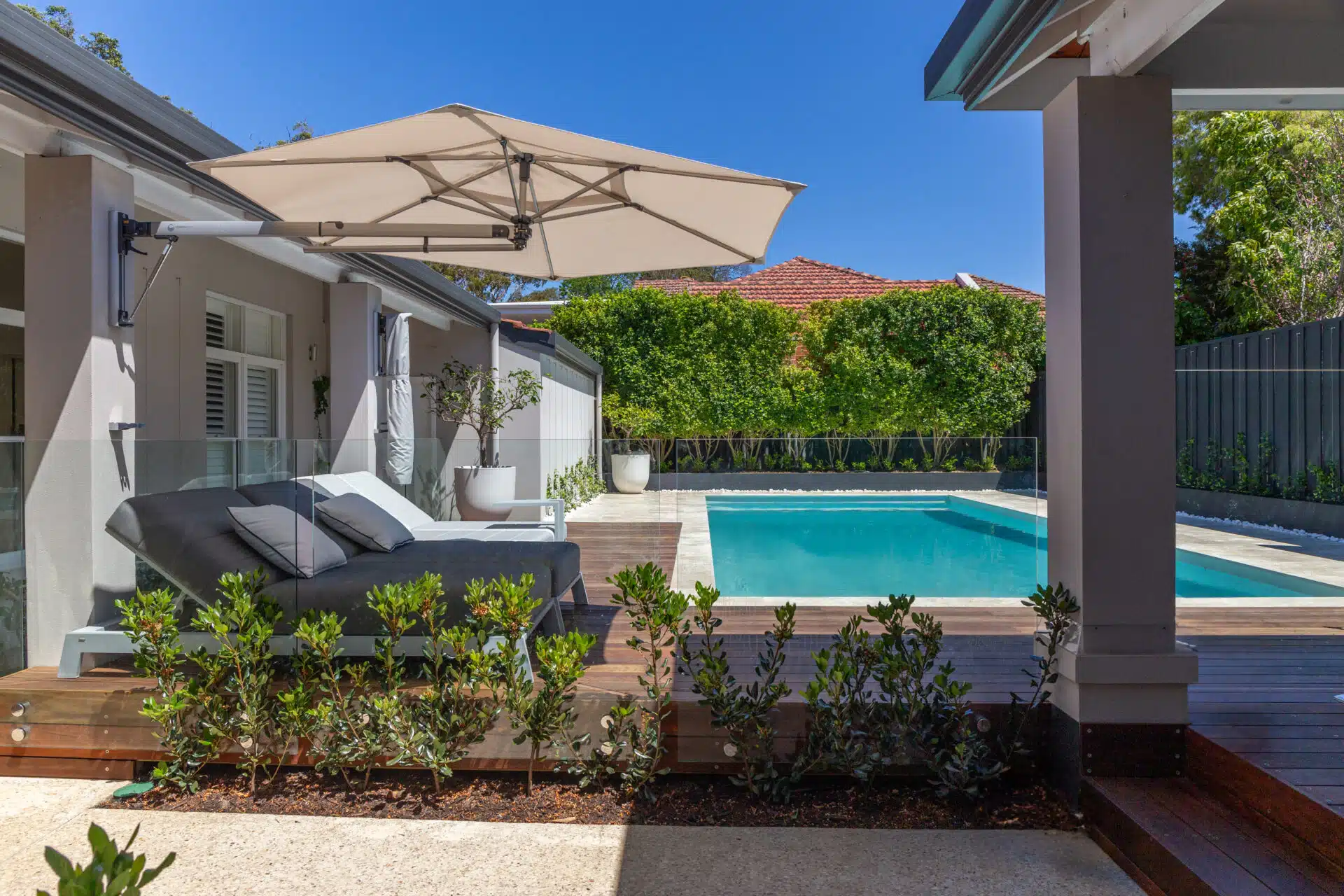
Melissa Styles – Marketing & Client Relations Manager
“Planting along a pool fence offers numerous benefits that enhance both the visual and functional aspects of an outdoor space. Plants such as ornamental grasses, non-flowering shrubs, and climbing vines can soften the look of the fence, integrate the pool into the landscape, and create a cohesive, inviting environment. Moreover, planting along the pool fence facilitates the use of drip line irrigation in the garden bed, which ensures that water is delivered directly to the plants’ roots. This method also limits water from lawn sprinklers splashing onto the glass pool fence, thus avoiding unsightly water stains and maintaining the fence’s pristine appearance.
Additionally, incorporating planting offsets into paving when changing levels in a landscape offers a range of benefits that enhance both the visual appeal and functionality of the space. Small plants, such as ground covers, creeping perennials, and low-growing succulents, can soften the hard edges of paved areas, creating a more harmonious and organic transition between different levels. This integration of greenery breaks up the monotony of extensive hardscaping, adding texture and color to the landscape. It can also assist in indicating where level changes occur to prevent tripping, particularly where the level change is slight.”
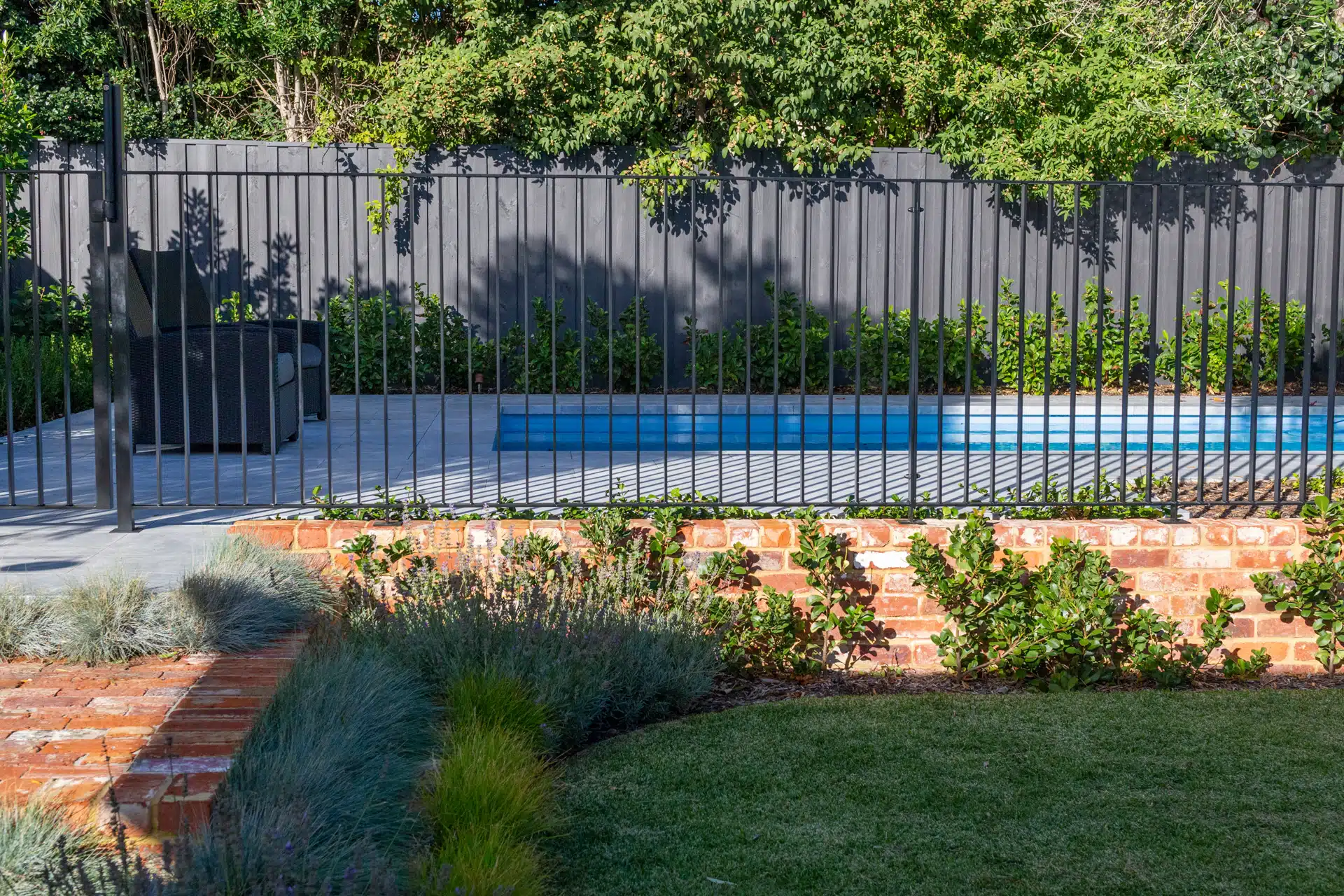
Conclusion:
In summary, while starting a garden renovation or landscaping project, thinking ahead is key. With these expert tips in mind, you’re well-equipped to embark on your landscaping odyssey. If you don’t know what you don’t know – talk to someone who does!

